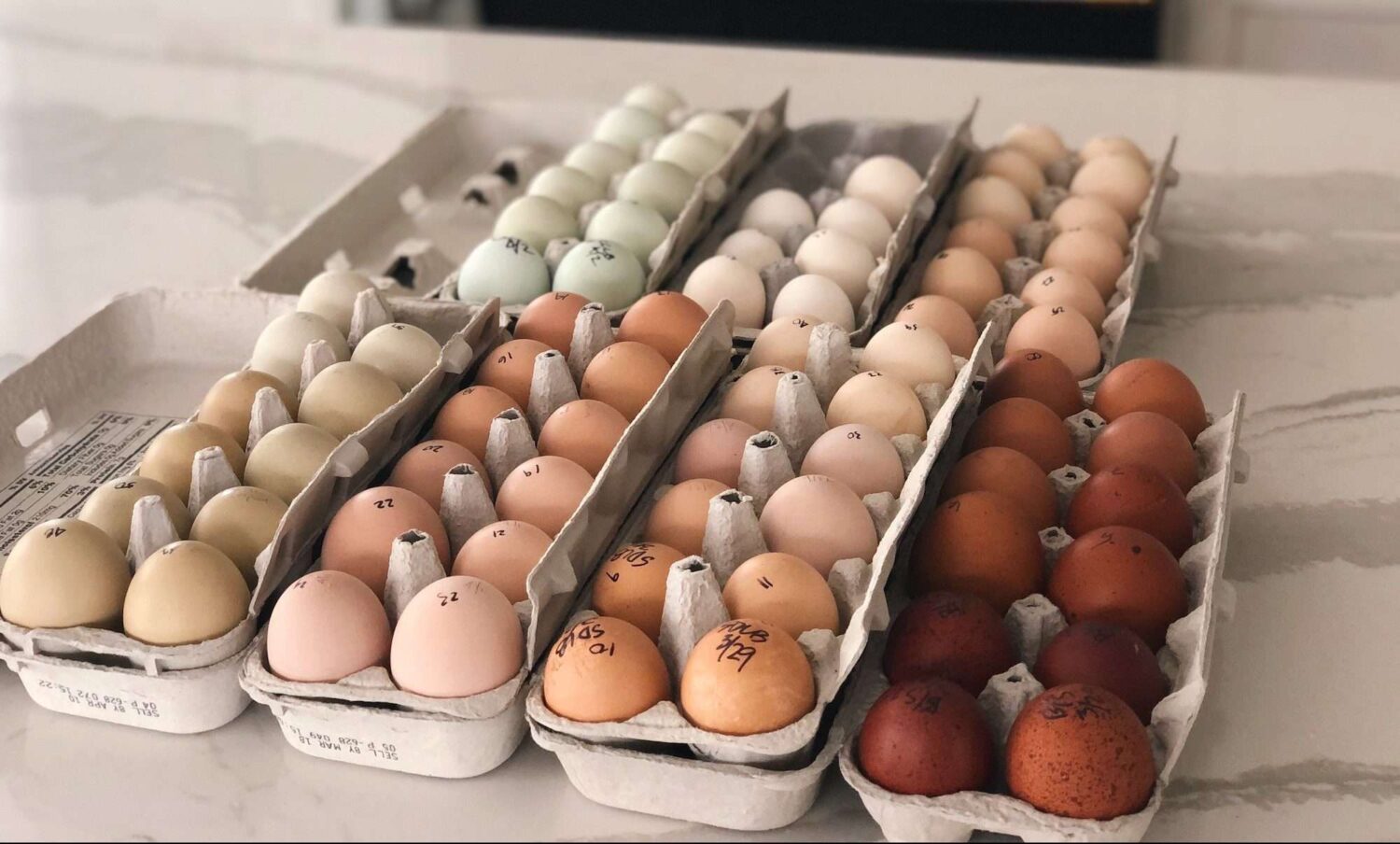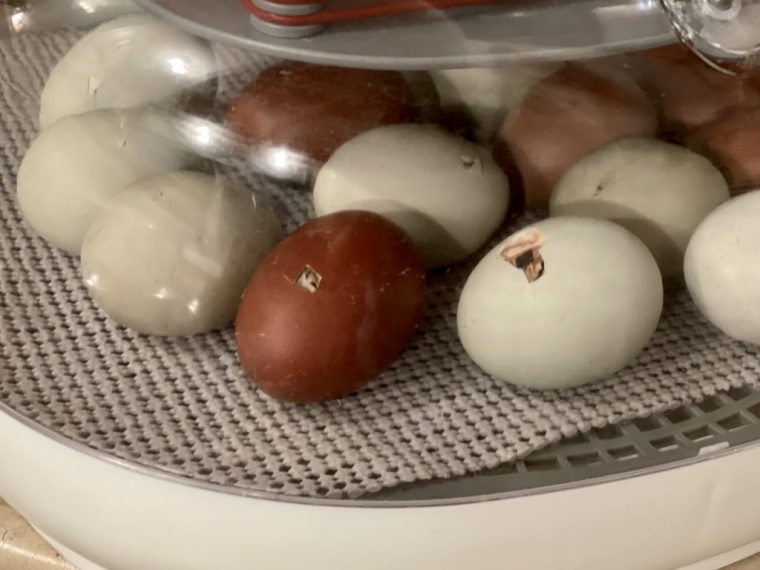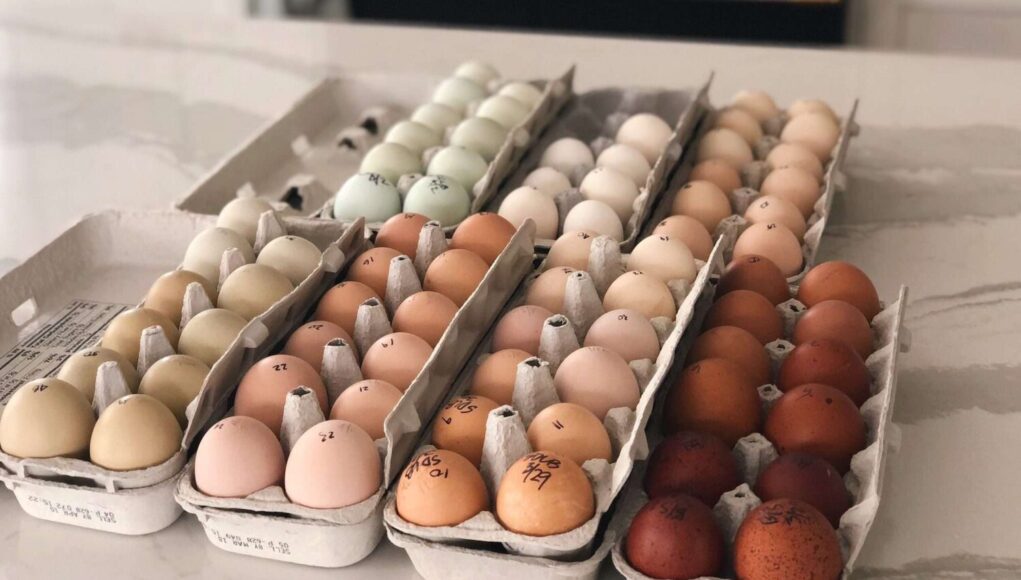For many chicken enthusiasts and farmers, hatching eggs is a delightful yet challenging task. The introduction of the portable battery chicken incubator has emerged as a game-changer, offering a convenient and efficient solution for egg hatching. This innovative device is essential for those looking to improve their poultry practices and ensure healthy chick development.

Understanding the Basics of a Portable Battery Chicken Incubator
A portable battery chicken incubator is a compact, transportable device designed to simulate the environment required for eggs to hatch successfully. It operates on battery power, making it ideal for areas with unreliable electricity or for use in remote locations.
Key Features of a Portable Incubator
- Portability: Lightweight and easy to carry, perfect for small-scale farmers.
- Battery-Powered: Operates independently of grid electricity, ensuring continuous operation.
- Temperature Control: Maintains precise temperature levels for optimal embryo development.
- Humidity Regulation: Adjusts humidity levels to suit different stages of egg incubation.
Why Choose a Portable Battery Chicken Incubator?
Choosing a portable battery chicken incubator offers numerous benefits. It provides the flexibility to hatch eggs anywhere, without being tied to a specific location or reliant on a consistent power supply.
The device is especially useful for hobbyists who may not have the infrastructure for larger incubation systems. Additionally, it is ideal for educational purposes, allowing students to learn about the hatching process firsthand.
Economic Benefits
Investing in a portable battery chicken incubator can lead to cost savings in the long run. It reduces the need for large-scale infrastructure and minimizes energy costs, as it relies on batteries rather than continuous electrical power.
How to Use a Portable Battery Chicken Incubator
Using a portable battery chicken incubator is straightforward, but it requires attention to detail to ensure successful hatching. Here are some steps to follow:
Setting Up the Incubator
- Place the incubator in a stable, temperature-controlled environment.
- Ensure the incubator is clean and disinfected before use.
- Insert the batteries and verify the power supply is functioning.
Loading the Eggs
- Choose fresh, fertilized eggs from healthy hens.
- Place the eggs in the incubator, ensuring they are not touching each other.
- Set the temperature and humidity according to the stage of incubation.
Monitoring Progress
Regularly check the temperature and humidity levels, and adjust as needed. Most incubators come with a built-in alarm system to notify you of any deviations from the set levels.
Turn the eggs at least three times a day to ensure even development. Stop turning the eggs approximately three days before the expected hatch date.
Common Challenges and Troubleshooting
While using a portable battery chicken incubator, you may encounter some challenges. Understanding these can help you address issues promptly and effectively.
Temperature Fluctuations
Temperature fluctuations can occur due to various factors. Ensure the incubator is placed away from direct sunlight or drafts. Regularly check the battery power to avoid unexpected interruptions.
Humidity Issues
Maintaining the right humidity level is crucial. Too much or too little can affect the hatch rate. For tips on managing humidity, visit incubator humidity hacks.
Choosing the Right Portable Battery Chicken Incubator
When selecting a portable battery chicken incubator, consider your specific needs. Look for models that offer the features most important to you, such as size, ease of use, and additional functionalities.
Top Brands and Models
Research various brands and models to find one that fits your budget and preferences. Compare customer reviews and ratings to make an informed decision.
Safety Tips for Using a Portable Battery Chicken Incubator
Safety should be a priority when using any incubation device. Follow these tips to ensure a safe and successful hatching process:
- Keep the incubator out of reach of children and pets.
- Regularly inspect the incubator for signs of wear or damage.
- Use only compatible batteries to avoid damage or malfunction.
Environmental Impact
Using a portable battery chicken incubator can have a positive environmental impact by reducing energy consumption. It allows for responsible hatching practices, supporting sustainable poultry farming.
Sustainability Practices
Consider integrating sustainable practices into your hatching process, such as using renewable energy sources for recharging batteries or opting for eco-friendly materials.
Frequently Asked Questions (FAQ)
What is a portable battery chicken incubator?
A portable battery chicken incubator is a device that provides the necessary conditions for eggs to hatch, powered by batteries and designed for easy transport.
How long does it take for eggs to hatch?
The incubation period for chicken eggs is approximately 21 days. However, this can vary slightly based on temperature and other factors.
Can I use a portable incubator for other types of eggs?
Yes, a portable battery chicken incubator can be used for other poultry eggs, such as ducks or quails, but you may need to adjust the settings accordingly.

Conclusion
In conclusion, a portable battery chicken incubator is a versatile and valuable tool for anyone interested in hatching eggs. It offers flexibility, convenience, and efficiency, making it an excellent choice for both beginners and experienced poultry enthusiasts. For more insights on egg incubation, you can explore resources on egg care and incubation.
Whether you’re a hobbyist or a professional farmer, investing in a portable incubator can enhance your hatching success and contribute to more sustainable poultry practices.
This article contains affiliate links. We may earn a commission at no extra cost to you.











